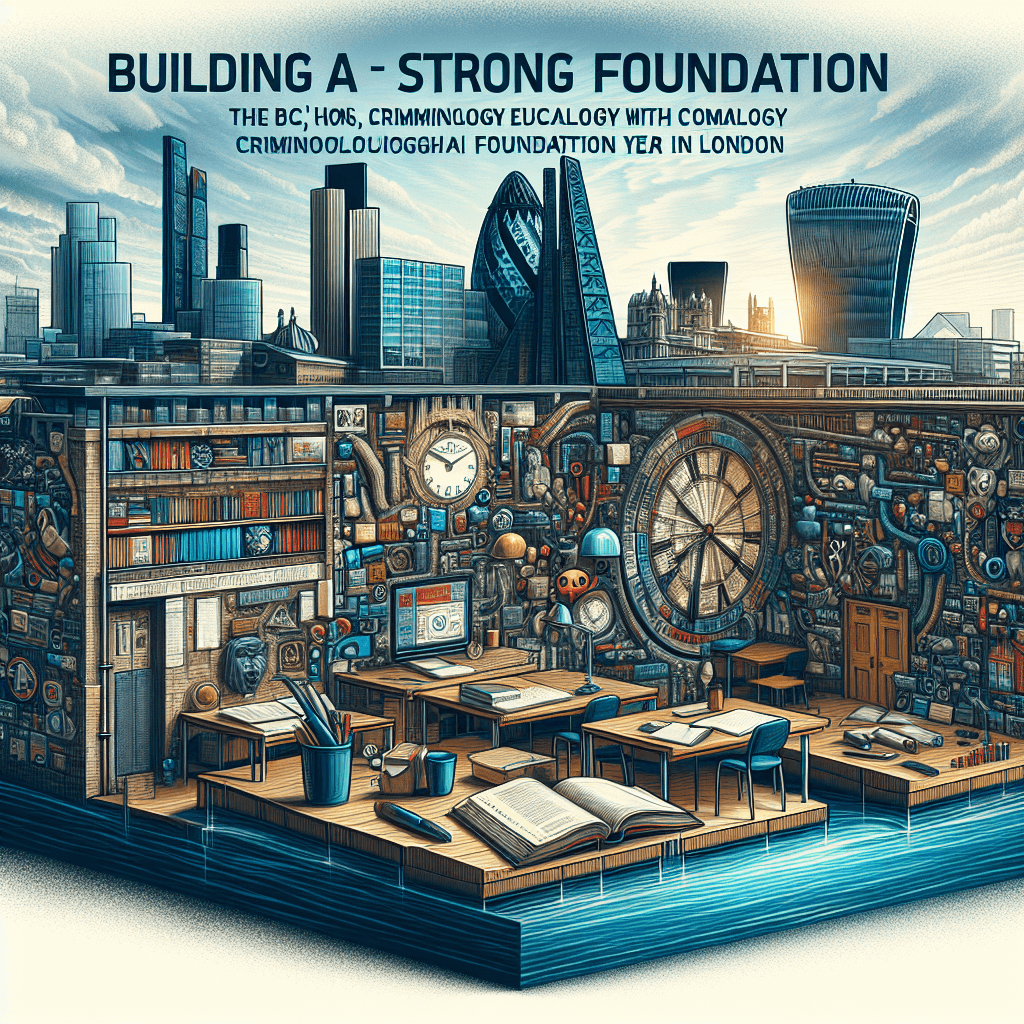The Importance of Safety Planning in Construction: A Guide for Designers and Builders
Safety planning is a crucial aspect of the construction process that is often overlooked or underemphasized. However, it is essential to prioritize safety planning to prevent accidents, reduce injuries, and minimize the risk of fatalities. In this article, we will discuss the importance of safety planning in construction and provide a guide for designers and builders to follow.
Why is Safety Planning Important in Construction?
Construction sites are inherently hazardous environments, with numerous risks and hazards lurking around every corner. According to the Occupational Safety and Health Administration (OSHA), the construction industry has one of the highest rates of occupational fatalities and injuries. In fact, the industry experiences an average of 963 fatalities and over 200,000 injuries annually.
Safety planning is critical in construction because it helps to:
- Identify and mitigate risks: Safety planning involves identifying potential hazards and risks on the construction site and developing strategies to mitigate them.
- Prevent accidents: By anticipating and preparing for potential hazards, construction sites can reduce the likelihood of accidents occurring.
- Reduce injuries: Safety planning can help reduce the severity and number of injuries that occur on construction sites.
- Minimize downtime: When accidents do occur, safety planning can help reduce the impact of downtime and get construction projects back on track.
- Meet regulatory requirements: Safety planning is a regulatory requirement in many jurisdictions, and failing to comply can result in fines and penalties.
A Guide for Designers and Builders
Designers and builders play a critical role in ensuring the safety of construction sites. Here are some steps they can take to develop a comprehensive safety plan:
- Conduct a risk assessment: Identify potential hazards and risks on the construction site, including equipment malfunctions, falls, and exposure to hazardous materials.
- Develop a safety plan: Based on the risk assessment, develop a safety plan that outlines strategies for mitigating hazards and preventing accidents.
- Train employees: Ensure that all employees and contractors are trained on the safety plan and the procedures for emergency response.
- Provide personal protective equipment (PPE): Provide PPE to employees and contractors, including hard hats, safety glasses, earplugs, and steel-toed boots.
- Implement safety controls: Implement safety controls, such as guardrails, safety nets, and barriers, to prevent falls and other accidents.
- Conduct regular inspections: Conduct regular inspections of the construction site to identify and address potential hazards.
- Maintain a safe work environment: Ensure that the construction site is kept clean and free of debris, and that all equipment is properly maintained and stored.
Best Practices for Safety Planning
Here are some best practices for safety planning in construction:
- Involve multiple stakeholders: Involve multiple stakeholders, including designers, builders, and contractors, in the safety planning process to ensure that everyone is aware of the risks and hazards.
- Be proactive: Be proactive in identifying and addressing potential hazards, rather than waiting for an accident to occur.
- Stay up-to-date with regulations: Stay up-to-date with the latest regulations and standards for construction safety, and ensure that your safety plan is compliant.
- Review and update regularly: Review and update your safety plan regularly to ensure that it remains effective and relevant.
Conclusion
Safety planning is a critical aspect of the construction process that is essential for preventing accidents, reducing injuries, and minimizing downtime. By following the steps outlined in this guide, designers and builders can develop a comprehensive safety plan that ensures the safety of construction sites. Remember, safety planning is not a one-time event, but an ongoing process that requires regular review and update.
#Importance #Safety #Planning #Construction #Guide #Designers #Builders







